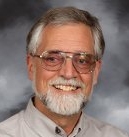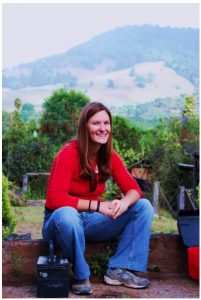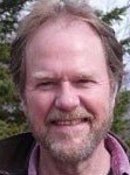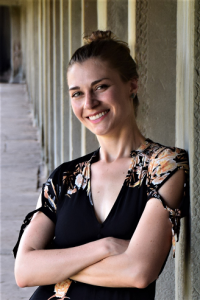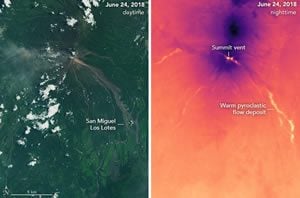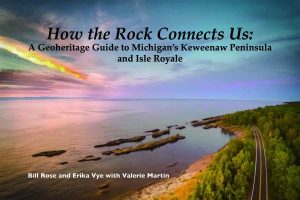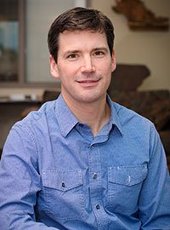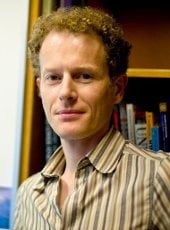
John Gierke, professor and chair of GMES and Thomas Oommen (GMES) presented collaborative work on “Field Data Collection and Slope Stability Analysis in the Vicinity of the Enguri Dam” and “External Loadings and Landslide Hazards at Enguri,” respectively, at the culminating meeting for the international project funded by NATO’s Science for Peace and Security: “SfP G4934 Security Against Geohazards at the Major Enguri Hydroelectric Scheme in Georgia.”
The meeting was held Sept. 12, 2018, in Tbilisi, Georgia. The Michigan Tech project work that was presented included contributions from MS Geology graduate Maria Diletta Acciaro and BS Geological Engineering graduates Carolyn Lucca, Zack Fleming, Nicole Bird and Erica Anderson.
